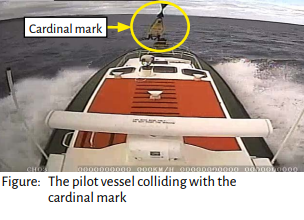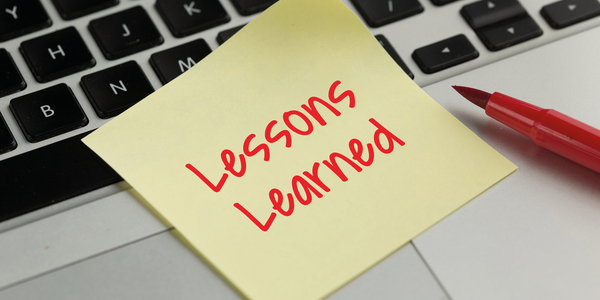As UK MAIB reports in its most recent Safety Digest, on a fine summer evening, in slight sea conditions and good visibility, a pilot vessel headed out through the breakwaters.
The incident
Once clear of the harbour, the coxswain set a course on the autopilot for the pilot station to disembark a local pilot and brought the pilot vessel up to its full service speed of 18kts. This was the first job of the night shift, a different pilot vessel having been used during the day. The two crew had conducted engine room checks before departure; however, no checks were completed in the wheelhouse and the chart plotter, radar and global positioning system (GPS) were switched off.
Any equipment that had been switched on remained in dimmed night mode from the previous night shift. COVID-19 social distancing measures meant that the deckhand was sitting further back in the wheelhouse rather than in their usual position next to the coxswain, by the conning position. As a result, the coxswain needed to turn and look aft to talk to the deckhand. The crew were engaged in conversation, and therefore distracted from their lookout duties, so they failed to see a cardinal buoy directly ahead; the pilot vessel made contact with it at full speed.
Fortunately, there were no injuries. Despite the significant collision the crew decided to carry on with their task and disembark the pilot. No damage assessment was carried out until after the pilot had disembarked the outbound vessel, and no radio contact was made with either local VTS or the pilot due to be disembarked. The pilot vessel struggled to maintain 12kts at full throttle on its passage back to the pilot station, which was later found to be due to an issue with the starboard fuel pump that occurred during the collision.

Lessons learned
- Procedure → The pilot vessel was unprepared to go to sea and the pre-departure checklist had not been followed. The radar, chart plotter and GPS units were turned off, and the equipment that had been switched on was still in night mode. Although checklists can be perceived as a nuisance, they exist for very good reason. Without navigation aids, the coxswain and deckhand were completely reliant on a visual lookout.
- Aware → The visual lookout was ineffective. The weather conditions and visibility were very good and the pilot vessel was on a steady course, convergent with the buoy, for a considerable amount of time before the collision. Unfortunately, both crew were distracted by their conversation and did not see the buoy.
- Check → The decision not to check for damage after the collision and proceed undeterred put the crew, vessel and disembarking pilot at risk. It is natural to feel embarrassed after an accident and perhaps want to sweep it under the carpet, but early communication can prevent escalation of the situation. The crew of the pilot vessel were very lucky to avoid a more serious outcome.






























































